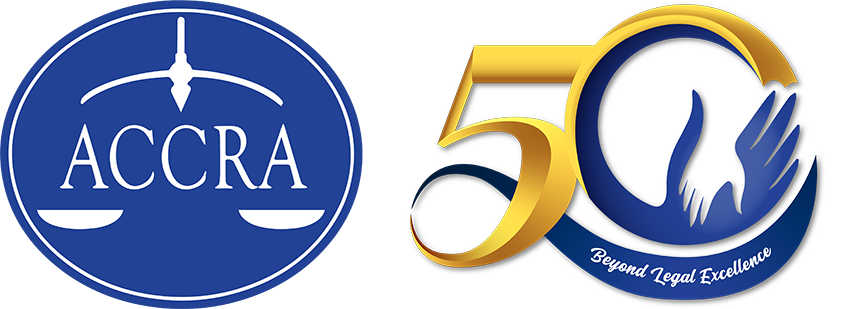Business organizations, like any other ventures, are not immune to the complexities of economic downturns that may be brought about by volatile market conditions, shifting consumer preferences, or unforeseen global events. Whether it is a multinational corporation navigating international markets or a small family-owned business operating in a local community, the impact of economic fluctuations can reverberate across industries and sectors. When faced with such challenges, businesses often find themselves navigating treacherous financial waters, struggling to stay afloat and maintain their operations to continue as a going concern. This is where the importance of financial rehabilitation becomes paramount. It offers businesses the opportunity to regain their financial footing and restore stability.
Under Section 7, Rule 2 of the 2013 Financial Rehabilitation Rules of Procedure (“FR Rules”), if the court finds the petition for rehabilitation to be sufficient in form and substance, it shall, within five (5) working days from the filing of the petition, issue a Commencement Order, which shall include a Stay Order. Pursuant to Section 16 of the Financial Rehabilitation and Insolvency Act (“FRIA”) of 2010, this Stay or Suspension Order has the effect of, among others, suspending all actions or proceedings in court or otherwise, for the enforcement of all claims against the debtor, as well as suspending all actions to enforce any judgment, attachment or other provisional remedies against the debtor.
While this Stay Order suspends all actions for claims against a business organization undergoing rehabilitation, it does not, however, work to divest a court of its jurisdiction over a case properly filed before it. As held in Philippine Airlines v. Spouses Sadic and Aisha Kurangking, et. al. [2002], the reasons behind the suspension of all claims are the following: (1) to enable the rehabilitation receiver to effectively exercise its or his powers free from or unburdened by any judicial or extrajudicial interference that might unduly hinder or prevent the rescue of the debtor company; and (2) to enable the management committee or the rehabilitation receiver to substitute the defendant in any pending action against it before any court, tribunal, board, or body. The mandate of the law is simply to consolidate the resolution of all such legal proceedings by and against the debtor to the rehabilitation court.
These claims include all claims or demands of whatever nature or character against the debtor or its property, whether for money or otherwise, liquidated or unliquidated, fixed or contingent, matured or unmatured, disputed or undisputed, including, but not limited to: (1) all claims of the government, whether national or local, including taxes, tariffs, and customs duties; and (2) claims against directors and officers of the debtor arising from acts done in the discharge of their functions falling within the scope of their authority (Sec. 3, FRIA).
However, ensuring that other courts and tribunals are properly informed of the rehabilitation proceedings and the issuance of the Commencement Order that involves or affects the party litigants, whether as creditor or debtor, presents a practical challenge. In many cases, courts and tribunals are not promptly notified of such orders thereby resulting in separate suits or appeals questioning orders or judgments rendered in violation of the Commencement Order. To illustrate, in cases where multiple creditors are involved, individual creditors may pursue separate legal actions against the same debtor, unaware of the ongoing rehabilitation process. This fragmented approach not only complicates the resolution of claims but also hampers the debtor’s ability to restructure and regain financial stability. Further, it may result in conflicting judgments and prolonged legal battles, exacerbating the delays in the overall rehabilitation process and thereby impeding the debtor’s chances of successful recovery.
Therefore, to address this issue and to streamline the rehabilitation process, the Supreme Court En Banc outlined the guidelines on the matter of providing actual notice to the concerned courts or tribunals regarding the financial rehabilitation proceedings in its 11 July 2023 Decision in the case of Pacific Cement v. Oil and Natural Gas Commission, G.R. No. 229471. The Supreme Court set the following guidelines to be observed in the conduct of financial rehabilitation proceedings pursuant to FRIA and FR Rules, to wit:
- Upon the appointment of a rehabilitation receiver, the rehabilitation court shall instruct the former to notify all courts or tribunals before which the debtor has pending actions, by way of manifestation, of the following: the existence of the petition for rehabilitation; the court where the petition was filed; the date of filing; and the fact of the issuance of commencement and stay orders.
- In cases where the petitioner is the debtor, the courts to be notified shall be those indicated in the verified petition and affidavit of general financial condition, as required by Section 2(A)(7) and (10), Rule 2(A) of the FR Rules.
- In cases where the petitioner is the creditor, the rehabilitation court shall, together with the appointment of a rehabilitation receiver, instruct the latter to ascertain the existence of any pending actions or proceedings by or against the debtor.
- The rehabilitation receiver shall report its compliance herewith to the rehabilitation court on the date of the initial hearing.
- The rehabilitation court shall further require the rehabilitation receiver, should the latter learn of any other pending actions by or against the debtor, to notify such other court/tribunal of the following: the existence of the petition for rehabilitation, the court where the petition was filed; the date of its filing; and the fact of the issuance of commencement and stay orders, by way of manifestation within five calendar days from the rehabilitation receiver’s knowledge of such other actions. The rehabilitation receiver shall also report to the rehabilitation court of the former’s compliance within five calendar days.
This article is for informational and educational purposes only. It is not offered and does not constitute legal advice or legal opinion.
Wildy L. Pahayahay is an Associate of the Angara Abello Concepcion Regala & Cruz Law Offices (ACCRALAW), Davao Branch.
(6382) 224-0996
[email protected]




